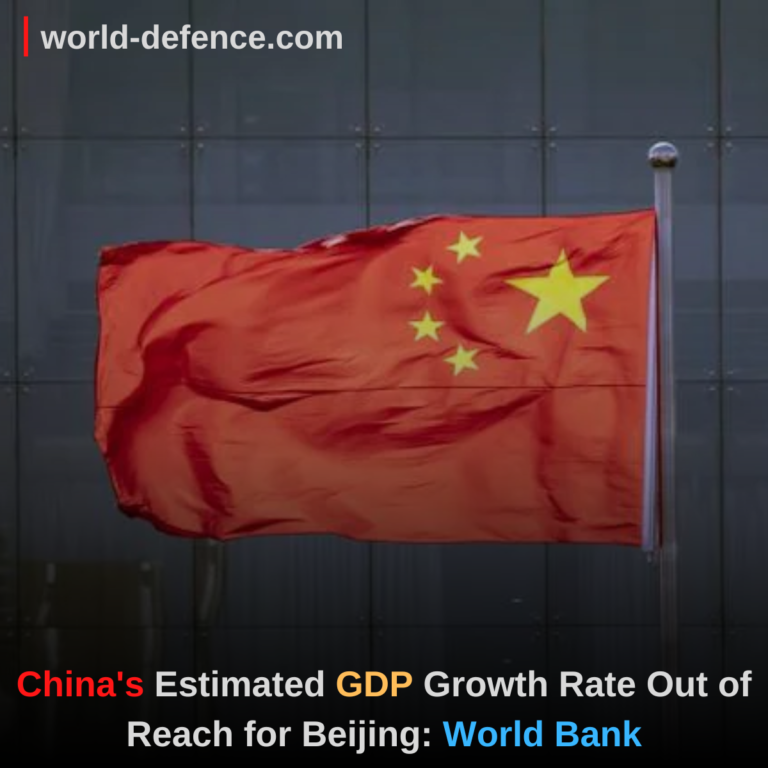
Washington: Amid multiple domestic and international reverses due to its zero-Covid policy and assertiveness, China is unlikely to meet its estimated GDP growth rate, according to World Bank’s latest Global Economic Prospects report.
In China, growth is projected at 4.3 per cent in 2023–0.9 percentage points below previous forecasts. The second-largest economy in the world is now falling back in the race.
Global growth is slowing sharply in the face of elevated inflation, higher interest rates, reduced investment, and disruptions caused by Russia’s invasion of Ukraine, according to the World Bank’s latest Global Economic Prospects report.
READ MORE: China Harbours a Dream of Becoming a Great ‘Maritime Power’
According to the World Bank reports, China’s high growth rate, based on investment, low-cost manufacturing and exports, has reached its limits and has led to economic, social and environmental imbalances, reported Financial Post.
Reducing these imbalances requires shifts in the structure of the economy from manufacturing to high-value services, from investment to consumption, and from high to low carbon intensity; none of which seems to be the priority of the mandarins of the ruling Communist Party of China.
To the detriment of Beijing, the property market has slowed down; triggered by the tightening of regulations that has led to a liquidity squeeze for developers. The demand for real estate has remained subdued due to weak sentiments of buyers of houses amid repeated outbreaks of Covid-19 and the refusal of buyers to invest in houses still under construction.
The slowing down of the real estate sector is having a cascading effect on the economy of China. In its anxiety to shore up an unsustainable rate of growth, the Chinese government has encouraged bad investment in the real estate sector. Aided by finance at concessional rates, real estate developers had a heyday. Now that the market is saturated and the demand for real estate has slumped, these real estate firms are unable to repay their debts, reported Financial Post.
READ MORE: Taiwan stops China’s invasion, but at a ‘enormous’ cost
In the face of structural constraints like a decline in the rate of growth of the labour force, diminishing returns on investment and the slowing down of the growth in productivity, the overall growth rate has come down.
The World Bank has pointed out that the Chinese economy is also vulnerable to climate change, the tightening of global financial conditions and heightened geopolitical tensions, for which Beijing itself is the worst culprit.
The damaging zero-Covid policy which Beijing finally abandoned in December 2022 has already taken its toll in manufacturing hubs like Shenzhen and Tianjin. Private studies have shown that factory output fell in September 2022, reported Finacial Post.
In places like Siachen and Chongqing where industries are dependent on hydroelectric power, severe heat waves have pushed up domestic demand for power by way of increased use of air-conditioners while generation has come down because of drought-like conditions.
This has meant less power to the factories. iPhone makers Foxconn and Tesla have been forced to cut down working hours or shut down altogether for the paucity of power. Profits in the iron and steel industry which has been the engine of growth in China have come down by 80 per cent in the first seven months of the calendar year of 2022, reported Financial Post.